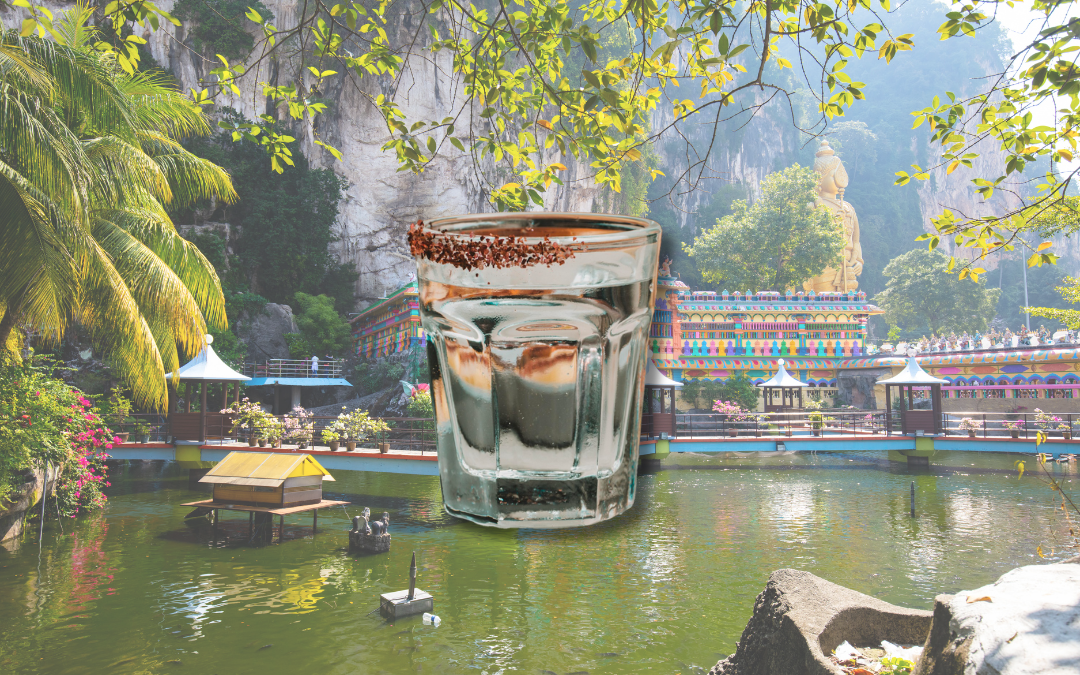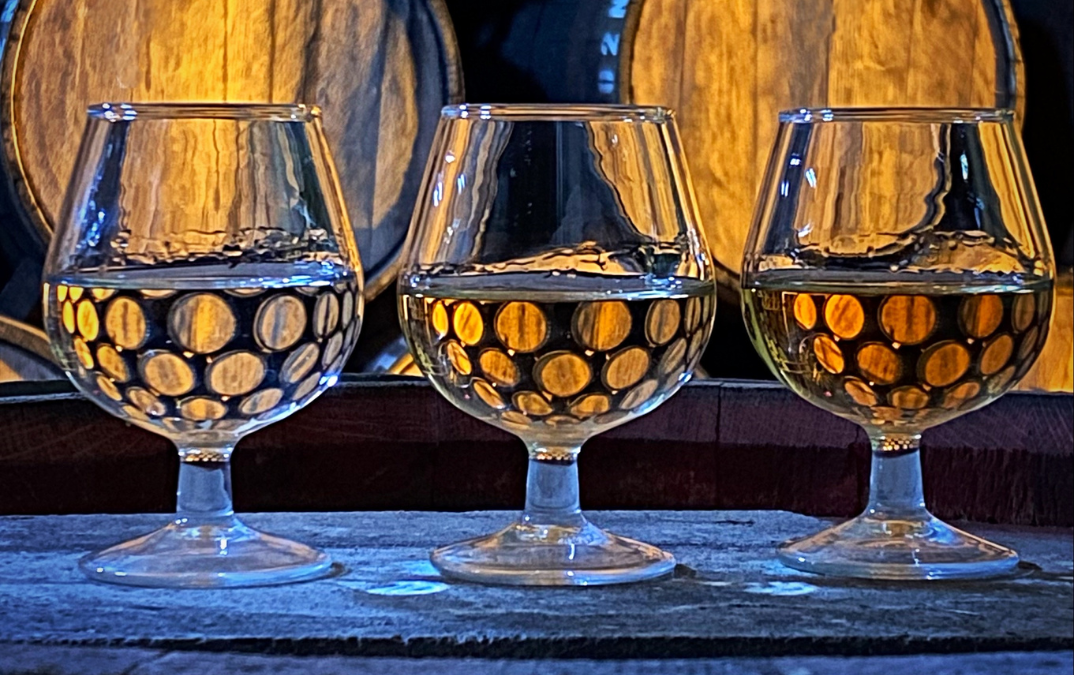How Guadeloupe is developing exports through its mature rums
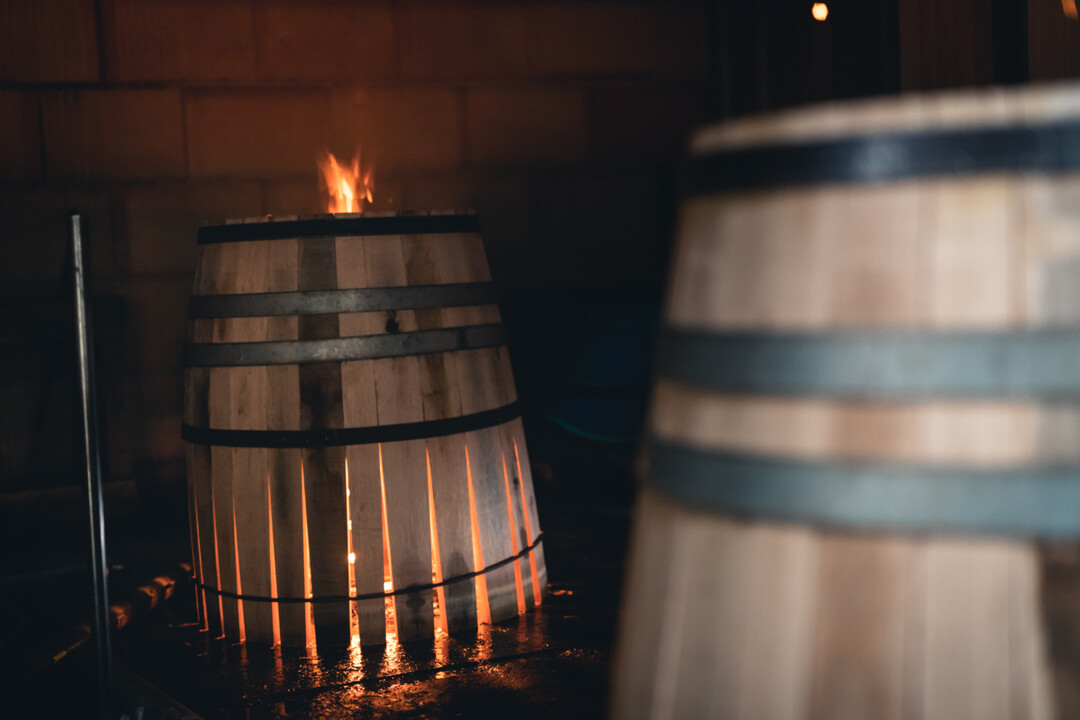
Production of mature rum is a recent chapter in the spirit’s history in Guadeloupe. Now, rum distilleries produce premium quality mature rums, promoting the island’s image overseas. Maturing an agricultural rum, however, is not for the faint-hearted – it is a challenging process aimed at preserving, supporting and complementing the distillate’s primary aromas. Guadaloupean cellar masters expound further.
Winemaker and spirit maturation specialist Christian Vergier: White agricultural rums are highly expressive, which is why they are best savoured neat. Successfully maturing an agricultural rum implies preserving and supporting the distillate’s primary aromas. If the maturation phase is too aggressive and makes these aromas disappear, then it is too technical and fails to achieve its purpose.
The task of the cellar master is to accurately adjust the type of wood, either French or American, and the type of toast, to protect and structure the product in order to add volume and also instil other aromas.
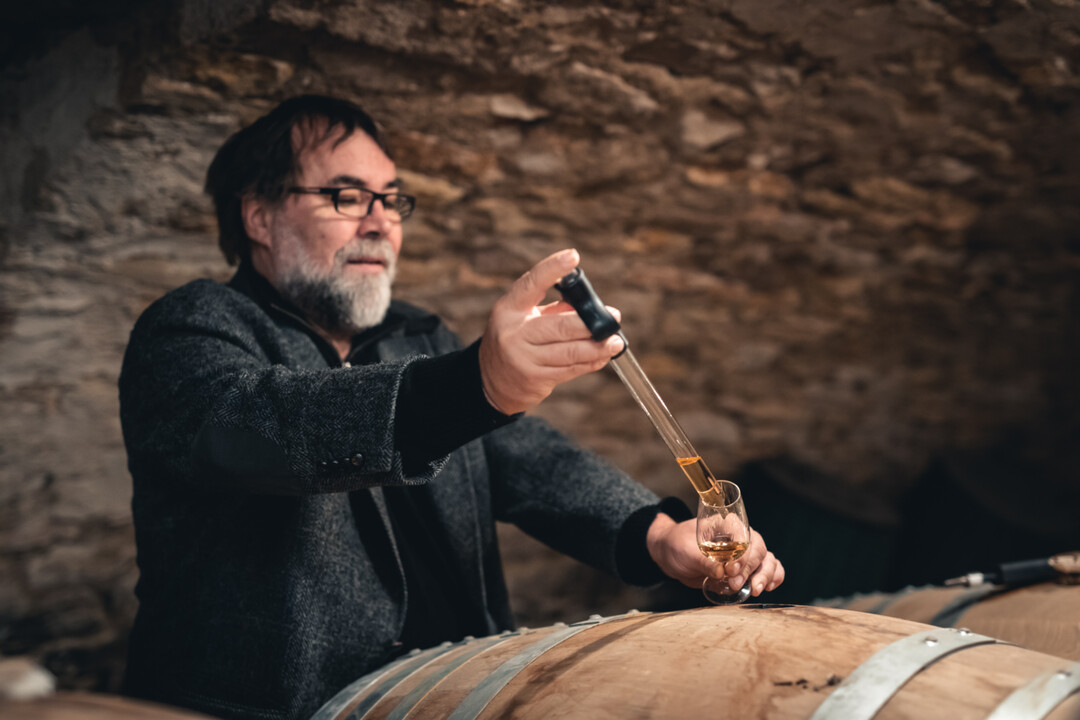
Picture: Winemaker and spirit maturation specialist Christian Vergier
“Successfully maturing an agricultural rum implies preserving and supporting the distillate’s primary aromas.”
– Christian Vergier, spirits maturation specialist
Thierry Heins: What is the difference between a French and an American barrel?
CV : In the case of new oak, French barrels have an enhanced ability to structure and add volume to the rum compared with American barrels, which lend more of an aromatic component. The combination of the two is always interesting, but it has to be properly gauged. Using 100% American barrels has a tendency to quickly erase the primary aromatics of white rum, but they can nevertheless produce interesting, modern and more incisive products. French barrels play a slightly more fundamental role, supporting and preserving the primary aromatic characters, although this obviously depends on the toast. The aim is to achieve great balance.
Using 100% American barrels produces a slightly tighter-knit, tenser profile with greater minerality and drive. With French oak barrels, if the toasts are adapted and not too strong (see below), the result is greater roundness and depth, with perhaps greater respect for the primary aromatic characters of the white rum.
TH : And what about between new and older barrels, or between different types of toast?
CV : For white agricultural rums, using 100% new barrels is pretty much a balancing act. There is always a percentage of older or used barrels (eg previously used for Cognac or Bourbon), between 5 and 20 years old.
The cellar master decides which type of toast to use. A barrel with a light toast structures the white spirit, because it produces tannins that polymerise (i.e. join together) through micro-oxygenation to form macromolecules. These macromolecules lend the spirit suppleness and roundness. Conversely, if the barrel has a heavy toast, it loses this ability and becomes purely aromatic because the tannins have been transformed into aromas through the toasting process. The result of these two extremes is therefore that, a light toast adds structure (and smells of fresh wood), whilst a heavy toast adds aroma (but not structure). The whole toast aspect involves combining the two and achieving a balance that matches the product. If the spirit is naturally fat, for example, and has roundness, it can be aromatised directly by choosing a heavier toast. If on the other hand the spirit is leaner, lighter toasts will be chosen in order to add volume. Therefore, the principle is always the same and that is to find the right toast balance, whether the barrels are French or American.
It is however essential that the toasts be adapted to the climate in the West Indies. The traditional ‘Cognac’ or ‘medium +’ toast is not suited to West Indies rums. In these climes, extraction occurs all year round, unlike in Cognac when it slows down in winter. You cannot simply mimic the procedures used in Cognac. For the purpose of simplification, slightly lighter toasts are used for agricultural rums than for Cognac. Until around fifteen years ago, it was difficult for producers in the West Indies to find barrels suited to maturing their rums. Since then, coopers have accommodated their needs.
“A barrel with a light toast structures the white spirit, because it produces tannins that polymerise through micro-oxygenation to form macromolecules. Conversely, if the barrel has a heavy toast, it loses this ability and becomes purely aromatic”
– Christian Vergier, spirits maturation specialist
So it is clear that the choice of barrels is contingent upon the aromatic profile and type of rum that the cellar masters are seeking to achieve. Here is a brief overview of the current state of play for some of the producers in the archipelago.
The Longueteau distillery employs a different strategy for the two ranges
The Longueteau distillery, located in Capesterre on the island of Basse Terre, rolls out two ranges of agricultural rums. François Longueteau, the cellar master, explains.
FL : For the Longueteau range, we follow tradition, using former Cognac barrels but also new barrels sourced in France. The cellar master sets the tempo. We are not fans of overly oaked notes. We use 225-litre barrels with a fine grain, light toast and small proportion of medium toast. We seek to produce finely oaked and fruity notes with 4-year-old rums that are already well-structured, complex and balanced.
For the Papillon range, we use large grain, 225-litre American oak barrels with slightly heavier toasts to secure spicier notes and highlight the vanillin notes that counterbalance the bitterer notes that can appear with heavier toasts.
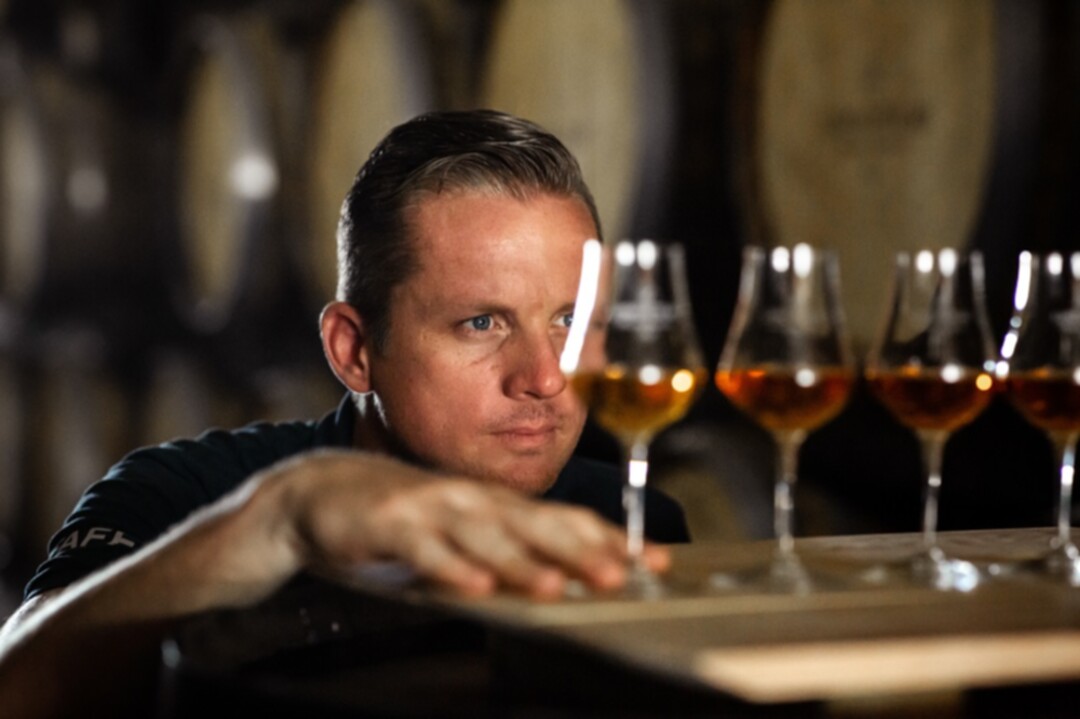
Picture credit : Distillerie Longueteau – François Longueteau, Maître de Chais
“The distillates are reduced beforehand and spend 6 months in stainless steel tanks, which enables us to gain a better understanding of how the distillate will evolve as it matures.”
– François Longueteau, Longueteau Distillery
TH : You fill your barrels with fairly low ABV distillates of around 50-55°, and not the ABV when they exit the distillation columns. Why do you use this fairly unusual technique?
FL : The distillates are reduced beforehand and spend 6 months in stainless steel tanks. Some of the white rum with reduced ABV is marketed whilst the balance is placed in barrels. This enables us to gain a better understanding of how the distillate will evolve as it matures. Another consequence is that extraction of the wood components is lower. Reduction to reach the ultimate ABV when the rum is bottled is low, no more than a few degrees. In this way, we avoid the exothermic reactions which upset the balance of the beverage we have painstakingly matured. But this entails higher maturation costs because we need more barrels.
Karukera distillery – putting a distinctive stamp on the end product
Grégoire Hayot, founder of Karukera: : Back in 2005, I decided to work with French oak because 90% of the rum we are familiar with is made using American white oak, which instils vanilla-like and lactone notes (coconut notes). I have chosen to use pedunculate oak which produces dry spirits. I could have chosen sessile oak which yields fruity notes, but right from the start, I turned to other barrels, with medium to heavy toasts, like those used for Cognac. This is the cornerstone of Karukera’s development. Also, I have always been interested in experimenting, probably due to my training as an engineer. And I have certainly done a lot of experiments, some more successful than others!
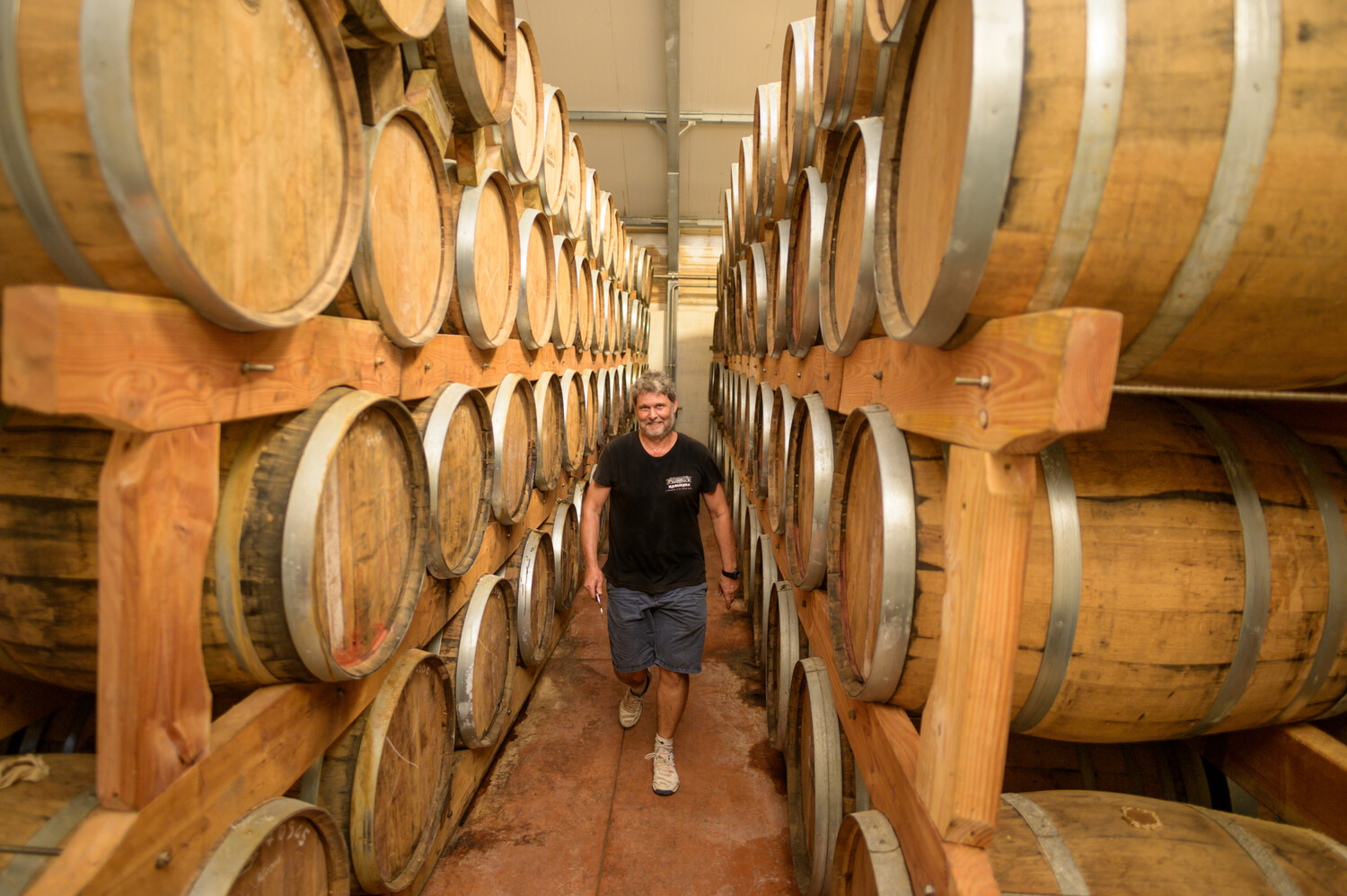
Picture credit : Grégoire Hayot – Karukera Rum
“I have chosen to use pedunculate oak which produces dry spirits.”
– Grégoire Hayot, Karukera Rum
TH : Isn’t using a high proportion of new barrels a bit of a gamble?
GH : In 2008, I took an interest in new barrels, which is extremely dangerous unless you’re using American white oak. Unlike French oak, it contains fairly few tannins and lots of polyphenols. Leaving rum in new French pedunculate oak for over 3 or 4 months is extremely risky – you end up with extremely pronounced oak notes and bitterness.
If you extract too many tannins, you then need to do lengthy rotations in used barrels to round off the edges and hone the tannins through redox. But there’s substance to work with. You need to remember that you extract volatile compounds, but also soluble compounds that are very worthwhile on the palate. The result of all these experiments is to show that you can make satisfying rums with new barrels.
The Montebello distillery, where storage facilities have an influence on the choice of barrels
François Lefaux, Brand Ambassador of the Montebello distillery in Petit Bourg on Basse-Terre, explains the process of selecting barrels.
FL : Over the past 20 years, maturation has become professional in Guadeloupe, due to increased popularity among consumers and the advent of a new generation in the distilleries. Prior to then, we took the barrels we were offered, without really making any conscious choices. And in Guadeloupe, there was no real culture of savouring spirits. Now, we travel around to choose our barrels. We try and find barrels that are 2 and a half to 3 years old, with different toasts, but also new barrels, for different types of consumers.
If we want to produce fat, moreish rums, we choose fine-grain, sessile oak barrels that have undergone a light toast (coconut and vanilla notes). If we want to produce drier, spicier rums, then we tend to opt for pedunculate oak, with a more tight-knit grain and heavier toast, or American oak with different toasts, that have been used for bourbon. We also use new barrels, sourced in France, where we define the toast. We now have people in our cellars that have the skills to make these choices.
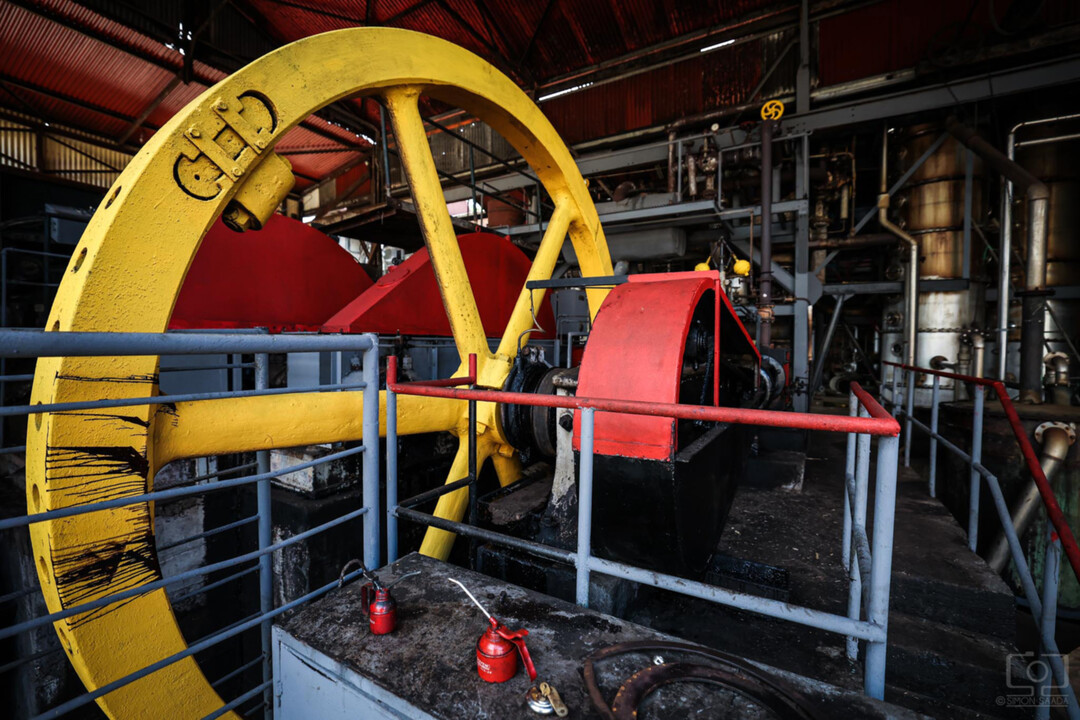
Picture credit: Montebello Distillery
“We store the barrels in different locations, with differing temperatures and hygrometry. Therefore, the choice of barrel depends on the planned storage facilities.”
– François Lefaux, Montebello Distillery
FL : We store the barrels in different locations, with differing temperatures and hygrometry. Therefore, the choice of barrel depends on the planned storage facilities. For example, you cannot place fine-grain barrels in conditions that are too damp to produce a 10-year-old rum – the loss of volume and ABV would be too high – whereas with a tight-knit grain, you limit the loss. And tight-knit grains produce different types of aromas because generally speaking, the oak is pedunculate or American. A lot of aspects have to be factored into the equation.
When you buy a new barrel, if you want to produce very soft spirits, you have to use fine-grain sessile oak which yields notes of dried fruits, candied fruits, vanilla and oak for example. If you’re looking more for leather and some tobacco, you need to choose slightly heavier toasts and American pedunculate oak.
Each distillery has its own technique, and the younger generation is pushing the envelope more than the previous one. The market has moved on, and we now try and satisfy the needs of enthusiasts and collectors. You need very fine-tuned solutions.
The Bielle distillery produces cask-strength rums
Jérôme Thiery, director of the Bielle distillery in Marie Galante : We experiment with all types of barrels – new, used, French or American origin, different types of toast and grains, barrels that have been used for other spirits… Bielle’s speciality is cask-strength rum, with its vanilla, gingerbread, toast and brioche-like aromas, driven by roundness and power.

Picture credit: Bielle Distillery
“We experiment with all types of barrels – new, used, French or American origin, different types of toast and grains, barrels that have been used for other spirits…”
– Jérome Thiery, Bielle Distillery
This cursory overview of maturation techniques in Guadeloupe does not purport to be extensive but rather to show the diversity of methods employed and development strategies for an already broad-ranging array of mature rums. And although no decisions are made lightly, it would seem that there is still room for experimentation, heralding some exciting experiences for rum enthusiasts to look forward to.
